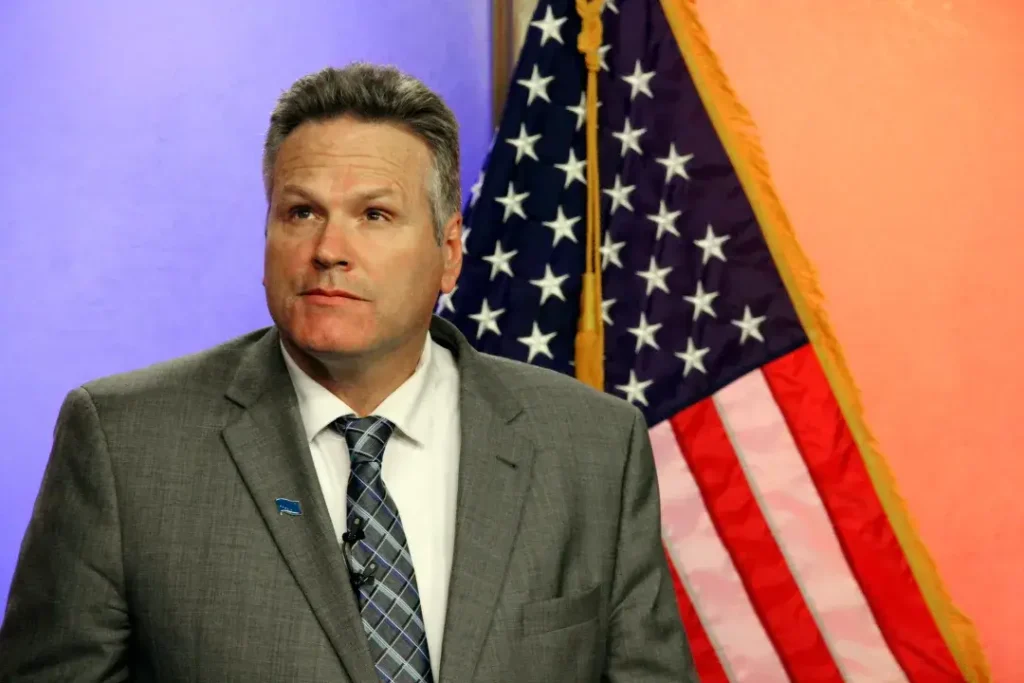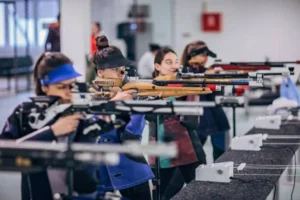The Alaska education system faces a significant policy showdown as Governor Mike Dunleavy introduces a reform package tied to specific funding proposals. Lawmakers in the House and Senate pledged to boost school funding without attacking policy changes, but Dunleavy´s plan took a different approach.
His proposal for Alaska education reform offers $117 million in targeted funding, including $43 million for homeschooling, $31 million for career programs, and $22 million for reading instructions. The plan also includes a three-year $58 million teacher bonus program, granting $5,000 to $15,000 annually based on school district locations.
However, many lawmakers believe short-term bonuses fail to solve the teacher retention crisis. Dunleavy also seeks to expand charter schools by allowing a governor-appointed state board to approve them instead of local school boards.
Senate President Gary Stevens opposes this change, arguing that local control helps charter schools succeed. Critics question whether charter school expansion benefits enough students to justify shifting power away from local communities.
Publicly funded homeschool programs would receive a significant funding increase, but many students in these programs do not participate in statewide testing. Lawmakers worry that diverting resources toward untracked programs undermines broader education goals.
Senator Löki Tobin questioned why some programs receive more funding while struggling public schools do not. As Alaskan students rank among the lowest in national reading and math scores, the Alaska education reform debate grows more urgent.
While Dunleavy insists funding must align with policy changes, lawmakers argue that existing policies require more substantial financial backing. The upcoming legislative session will determine whether Alaska´s education system receives more money, has stricter policies, or both.
This news article was originally published by Anchorage Daily News.









